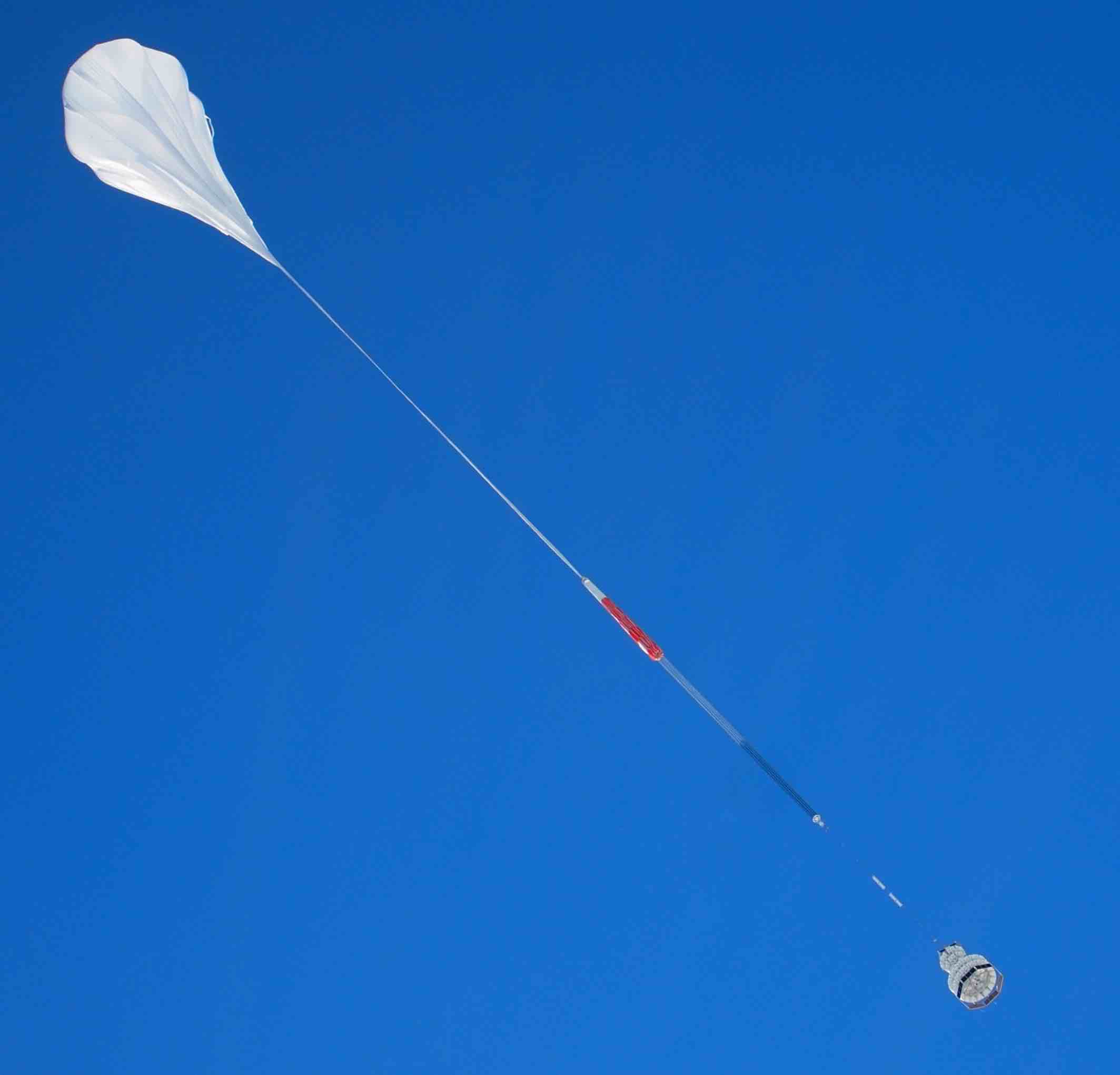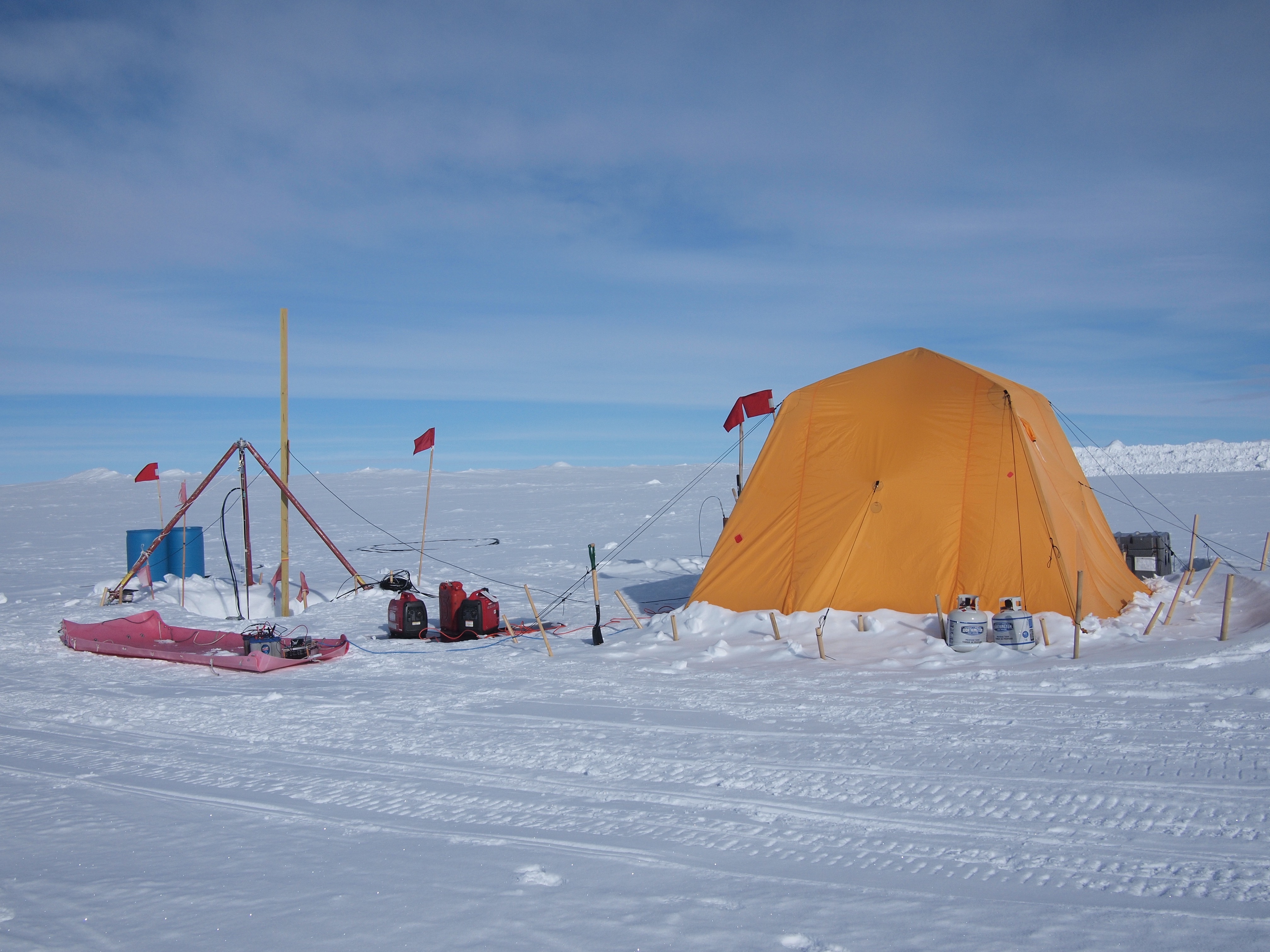Cosmic neutrinos offer a unique window into the high-energy universe, informing both our understanding of astrophysics and fundamental physics at the highest energy scales. Our goal in the Wissel Lab is to discover the first neutrinos at ultra-high energies, greater than 100 PeV.
With the discovery of astrophysical neutrinos and gravitational waves, we have entered into a new era of mutli-messenger astrophysics where combined observations from high-energy neutrinos, gamma rays, cosmic rays, and, soon, gravitational waves can map the complex dynamics of individual astrophysical objects. Flares, shocks, and other non-thermal processes can accelerate subatomic particles to the highest energies ever observed and neutrinos acan be produced as the byproducts of hadronic acceleration. These messenger neutrinos carry with them information about the dynamics of their accelerator. We can also use these high-energy neutrinos to explore fundamental physics interactions at energies inaccessible to accelerators here on Earth.
We use radio detection techniques to search for cosmic neutrinos, because they are exceedingly rare events. Neutrinos and cosmic rays generate fast radio sparks when they initiate showers in ice or air. Because air and ice are both radio transparent, the particle showers can be detected from hundreds of kilometers away. Radio techniques allow us to build neutrino telescopes with enormous detector volumes to balance the low flux.
NASA Balloon Payloads
The ANITA experiment searches for the highest energy neutrinos and cosmic rays from a NASA long-duration balloon payload. Because it flies at 35-40 km altitudes, ANITA sets the strongest constraints on the neutrino flux at the highest energies. PUEO is a proposed NASA payload that would achieve a lower energy threshold and improved sensitivity using a beamformed trigger. The Wissel group leads the ground calibration task, the tau neutrino sensitivity analysis, and accelerator experiments aimed at modelling cosmic ray air showers (T-510).
High Elevation Tau Neutrinos
The BEACON concept uses a mountaintop radio interferometer to detect upgoing, Earth skimming tau neutrinos. Because the array is on a high mountain (3-4 km), each station pointed at the horizon achieves a large detector area. Because only tau neutrinos are expected to generate such a signal, this detector would allow studies of flavor physics at the highest energies. The BEACON concept study at White Mountain Research Station is funded by NSF CAREER Grant 1752922.
IceCube-Gen2 Radio Pathfinders
The Wissel group works towards developing the next-generation of in-ice radio instruments through the Askaryan Radio Array (ARA) experiment at the South Pole and the Radio Neutrino Observatory in Greenland (RNO-G). Radio experiments are required for neutrino searches at the highest energies, where the flux is low. at those enregies, sources might show signs of cutoffs or spectral breaks and neutrinos from cosmic rays are expected. Both experiments serve as pathfinders for the radio instrument for IceCube Gen2. Wissel laid the groundwork for experiments in Greenland through field campaigns. ARA has the largest exposure the highest energies and analysis is underway. The first RNO-G stations will be deployed in Greenland in 2020.

